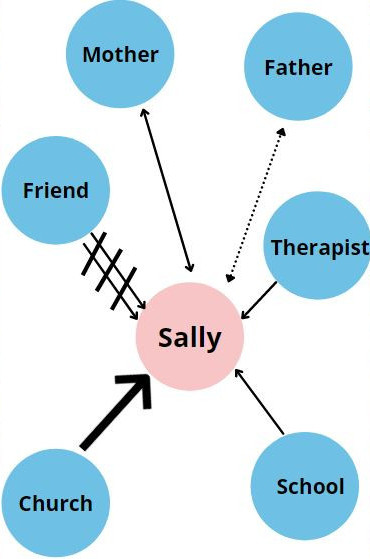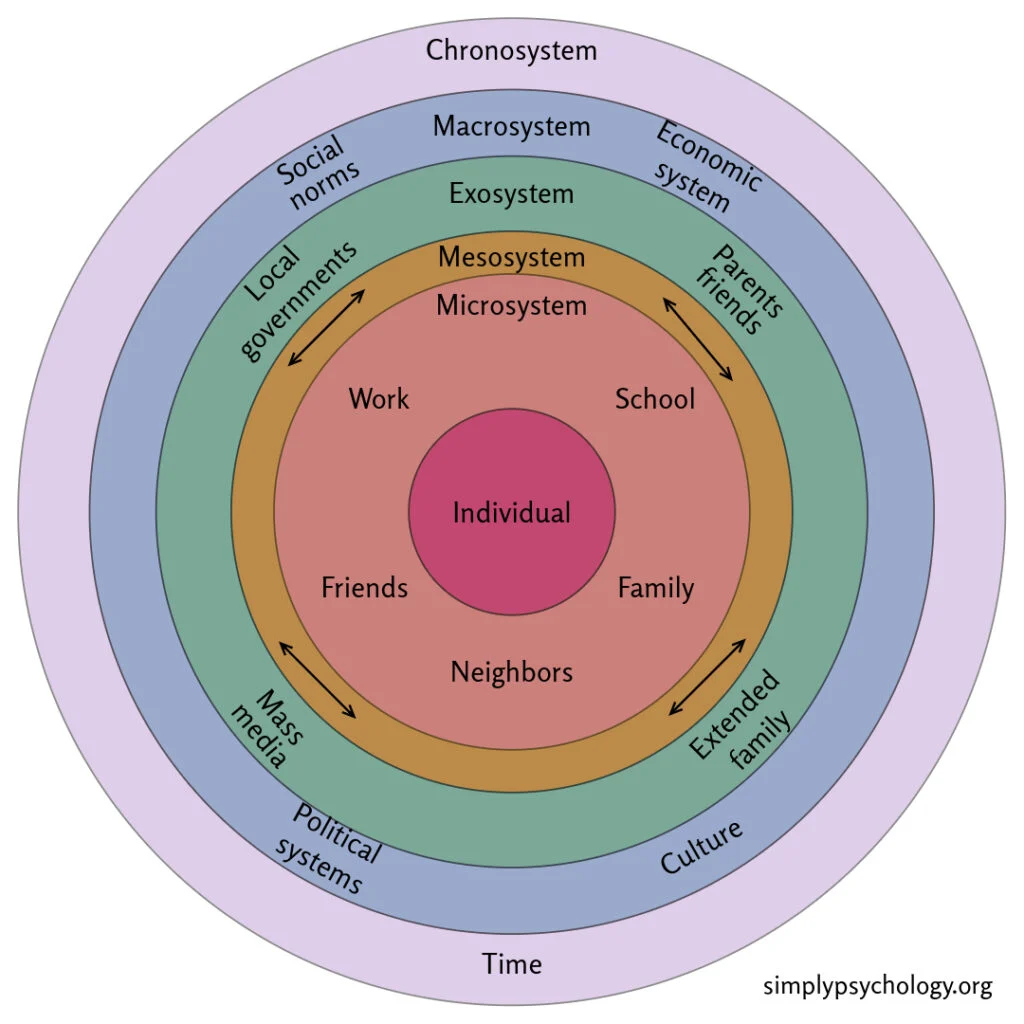Chp. 3: Generalist Practice
1/23
There's no tags or description
Looks like no tags are added yet.
Name | Mastery | Learn | Test | Matching | Spaced |
|---|
No study sessions yet.
24 Terms
Goal of Generalist Practice
Address problematic interactions between persons and their environment.
Direct Practice
One-on-one interactions with clients
Profession’s Code of Ethics
Highlight human rights and social, economic, and environmental justice.
Self-determination
The right of people, groups, and communities to make choices, design a course of action, and live as independently as possible
Critical thinking
Ability to reflect on and integrate information from an array of sources to form a position, opinion, or conclusion.
Systems theory
Dynamic understanding of client interactions from various perspectives and in several settings.
Client system
Can consist of an individual, important family members and friends, relationships with work, church, and other organizations, and elements of large-scale institutions such as the economy.
Ecological Map
A diagram that visually represents a client's relationships and interactions with their surrounding environment, including people, groups, and organizations

Ecological Perspective
Focuses on people and their (physical, social, etc.) environments.

Person-in-environment perspective
Highlights how people are affected in positive and negative ways by their surroundings.
Social workers assess ______ through the person-in-environment perspective:
political-economic systems
faith-based organizations
education and employment systems
family, fictive kin, and social support systems
Empowerment Theory
Set of ideas that generalist social workers use to increase change possibilities. Help people access resources on their own.
Empowerment
Provides people with the means to attain their goals either directly or indirectly, through the help of others.
Strengths Perspective
Idea that every person has strengths to call on in solving their problems
listening to ideas of clients and communities
collaborating with clients as an equal partner
recognizing the unique potential and resilience of clients
understanding that communities offer untapped resources
Evidence-based practice
the client’s situation
the client’s goals, values, and wishes
clinical expertise/expert opinion
external scientific evidence
Group work
Mode of intervention at the meso level. Generalists practice with groups. Group members experience and lend mutual aid to on another
The Change Process
Engagement
Assessment
Planning
Implementation
Evaluation
Engagement
Sets the tone for the change process. Social worker interviews client to learn as much as possible about the person in context of his/her environment
Assessment
The social worker is assessing the problems and strengths of the client, while the client is assessing the personality, professional skills, and demeanor of the social worker.
Planning
Figuring out what to do given the situation
Written case plan
Contract, designed collaboratively by the social worker and the client. Are comprised of short and long term goals and strategies.
Implementation
The actual performance of the activities outlined in the plan for reaching stated goals.
Evaluation
Monitor implementation of the plan and ensure that designated activities are effectively accomplishing intended goals.
Influence through case/cause advocacy can be seen through:
defining the problem
recognizing the strengths
raising awareness
developing partnerships
lobbying and negotiating
generating and consuming research
facilitation social mobilization
planning events